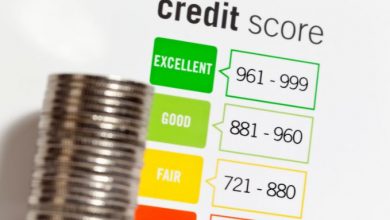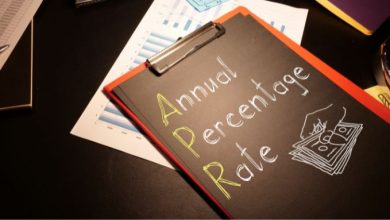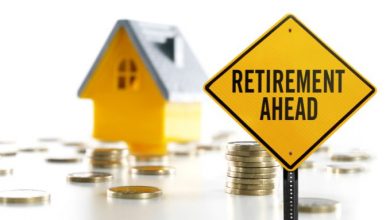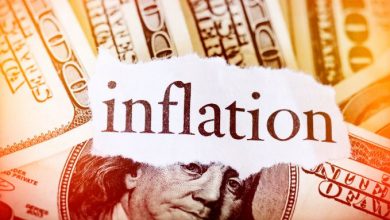What To Do With Credit Card Debt When You’re Laid Off?
A significant blow to one’s financial stability is the unexpected loss of a job. When faced with unemployment, it’s crucial to recognize the potential impact on your financial well-being. In particular, addressing credit card debt during unemployment becomes a matter of utmost importance.
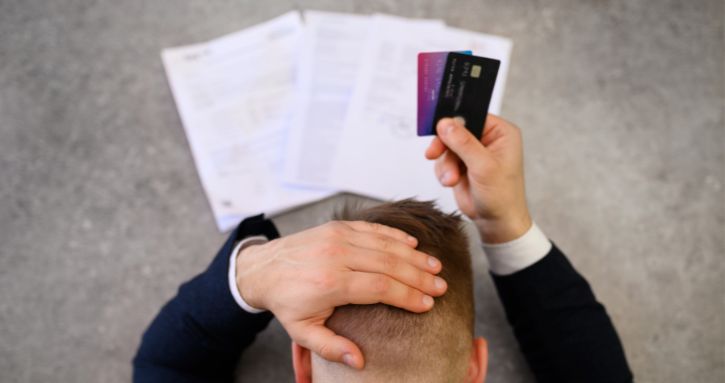
In the face of uncertainty, your primary goal becomes staying financially afloat until a steady income stream is reestablished. It’s a task that demands careful financial management, avoiding the accumulation of overwhelming debts, and preserving your credit score. According to LendingTree’s statistics, Americans are burdened with an enormous amount of credit card debt, totaling a staggering $1.031 trillion. This substantial debt burden can have significant financial implications, underscoring the importance of responsible financial management and debt reduction strategies. Here are a variety of approaches to consider:
- Communicate with your Creditors
When you lose your job and have credit card debt, it’s important to talk to your credit card companies Call the number on the back of your card and explain your job loss and financial struggles. Most credit card companies have special programs to help people in tough situations. These programs might lower your interest rates or make your payments smaller for a while. If your credit card company doesn’t have a special program, you can still ask if they can reduce your interest rates or make a payment plan that’s easier for you. The key is to be honest and ask for help if you need it. Credit card companies would rather work with you than have you not pay at all.
In a tough spot, talking to your credit card company can make a big difference. It’s a chance to get some relief and work together to find a solution that helps you get back on track with your finances.
- Make Minimum Payments
Of course, when you’re facing a job loss and credit card debt, it’s a challenge to pay more than the minimum amount due on your credit card bill. While paying only the minimum isn’t the best way to become debt-free, it’s far better than paying nothing at all. By making at least the minimum payment by the due date, you avoid late fees and prevent significant harm to your credit score. This practice also helps keep your credit account in good standing, which is especially vital if your credit cards serve as a temporary financial safety net.

Once you’re back on your feet and earning a steady income, prioritize catching up on your credit card payments by paying more than the minimum. While it might take time, making additional payments beyond the minimum will help you make significant progress in reducing your debt and regaining control.
- Debt Repayment Strategies
When you’re dealing with credit card debt during unemployment, it’s essential to have a plan. Start by paying off your smallest credit card debt first. Keep making the minimum payments on the others, and use any extra money to get rid of the small ones. It feels good to finish off a debt, and it motivates you to keep going.
Have you heard of the Avalanche method? This method is all about paying the credit card with the highest interest rate first. Put extra money on that card while still making minimum payments on the rest. It saves you money in the long run and helps you become debt-free quickly.
Also, consider combining all your debts into one with a lower interest rate. It makes your payments simpler, but be careful about the terms and fees. Before choosing a strategy, think about your own situation and what works best for you. Stay committed to your plan, and you’ll make progress toward becoming debt-free.
- Use a Home Equity Line of Credit (HELOC)
When it comes to managing credit card debt, utilizing a Home Equity Line of Credit (HELOC) can be a smart choice, provided you can handle the payments. HELOCs offer lower interest rates compared to personal loans or credit cards, making them an attractive option for debt consolidation.
A HELOC allows you to borrow money using the equity in your home as collateral. Since your home secures the loan, interest rates are typically lower than those associated with credit cards or personal loans. Lower interest rates mean more of your payments go towards reducing the principal debt, helping you pay off your credit card debt faster. It can be a particularly valuable option if you have a substantial amount of equity in your home and can manage the HELOC payments.
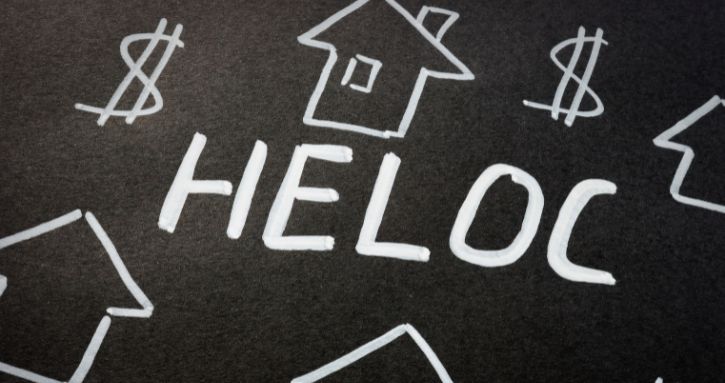
However, it’s essential to proceed with caution when using a HELOC. Failing to make payments could put your home at risk, as it serves as collateral. Before choosing this option, assess your financial situation carefully and ensure you have a reliable plan for paying off the HELOC in a responsible manner.
- Check Your Eligibility for Government Aid
Consider unemployment insurance benefits, which can vary based on your location and work history. Contact your state’s unemployment agency to learn more about the application process and requirements. This support can help you financially while you seek new employment.
Furthermore, investigate other government assistance programs designed to aid with various essentials like food, housing, and healthcare. Understand the eligibility criteria and apply if you meet the requirements. Additionally, explore short-term relief options from local charities, non-profits, and community programs to receive immediate help during these challenging times. By exploring government and community assistance, you can better manage your finances during a period of job loss.
Conclusion
When you’re dealing with credit card debt and job loss, it’s important to take some steps to protect your money. First, try to spend less on things that aren’t really necessary, and focus on what you really need. If your credit card gives you rewards, think about using them now to help with your money situation.
You can also talk to your credit card company about changing when you have to pay your bills. This can make it easier to handle your payments. Even if you can’t pay off your whole credit card debt, try to pay at least the smallest amount you’re supposed to each month. It can help you avoid extra fees and keep your credit in good shape.
If you have a lot of debt, look into something called a balance transfer. Just make sure you understand all the rules and fees. By being careful with your money and planning smart, you can get through job loss and keep your money safe. Find out how to get money quickly to help with your credit card debt. You can learn more in our other article on how to get quick cash in 2023.
Resources:

